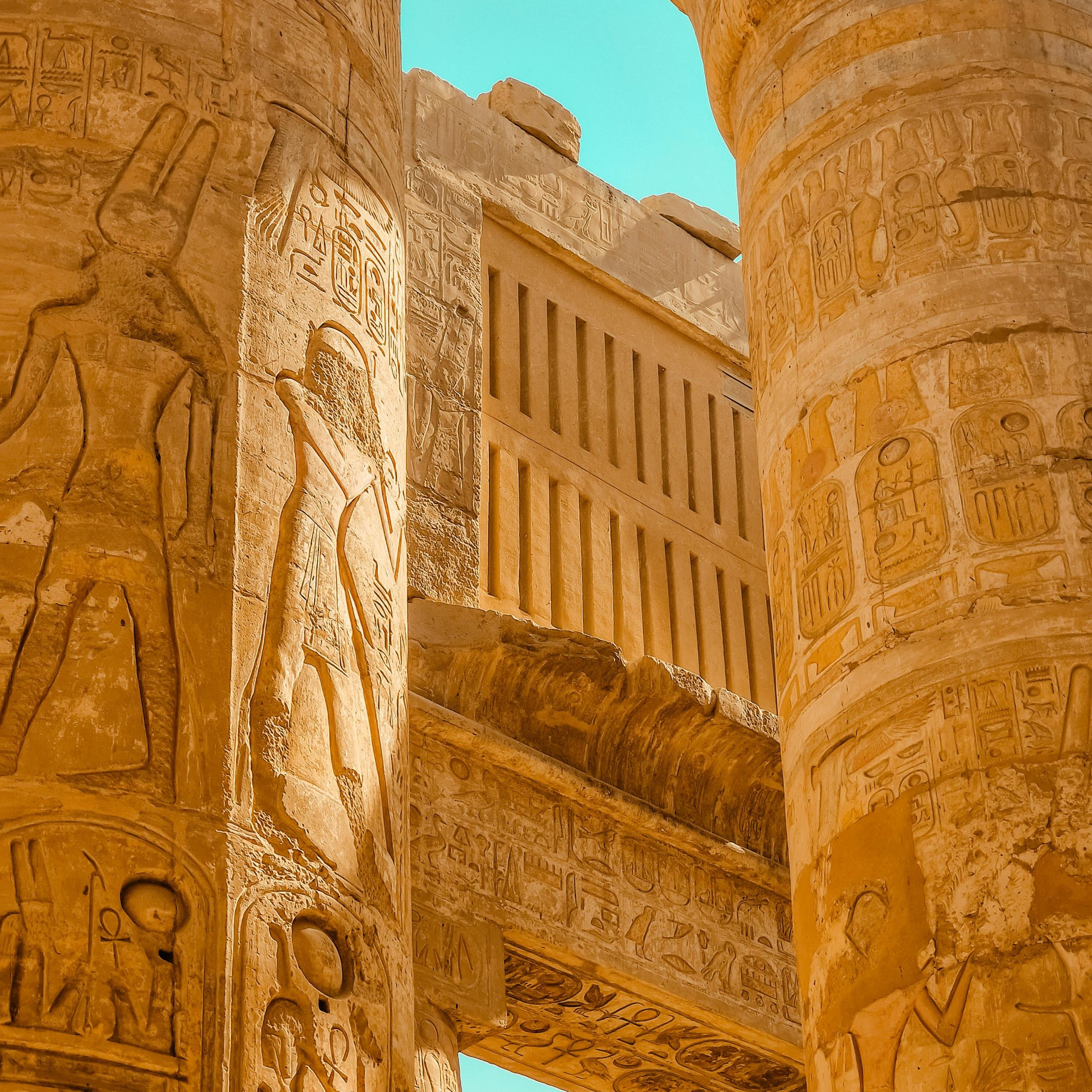
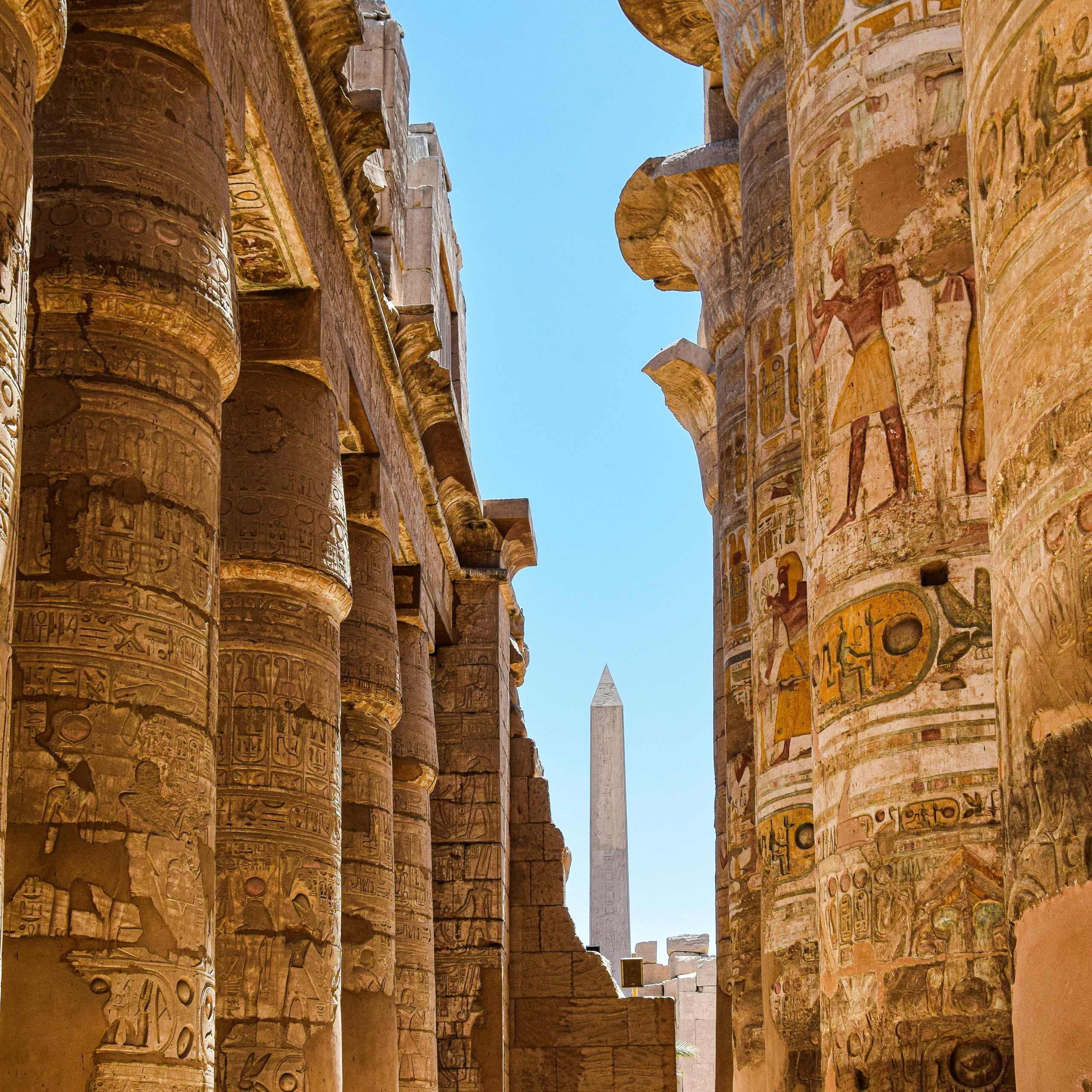
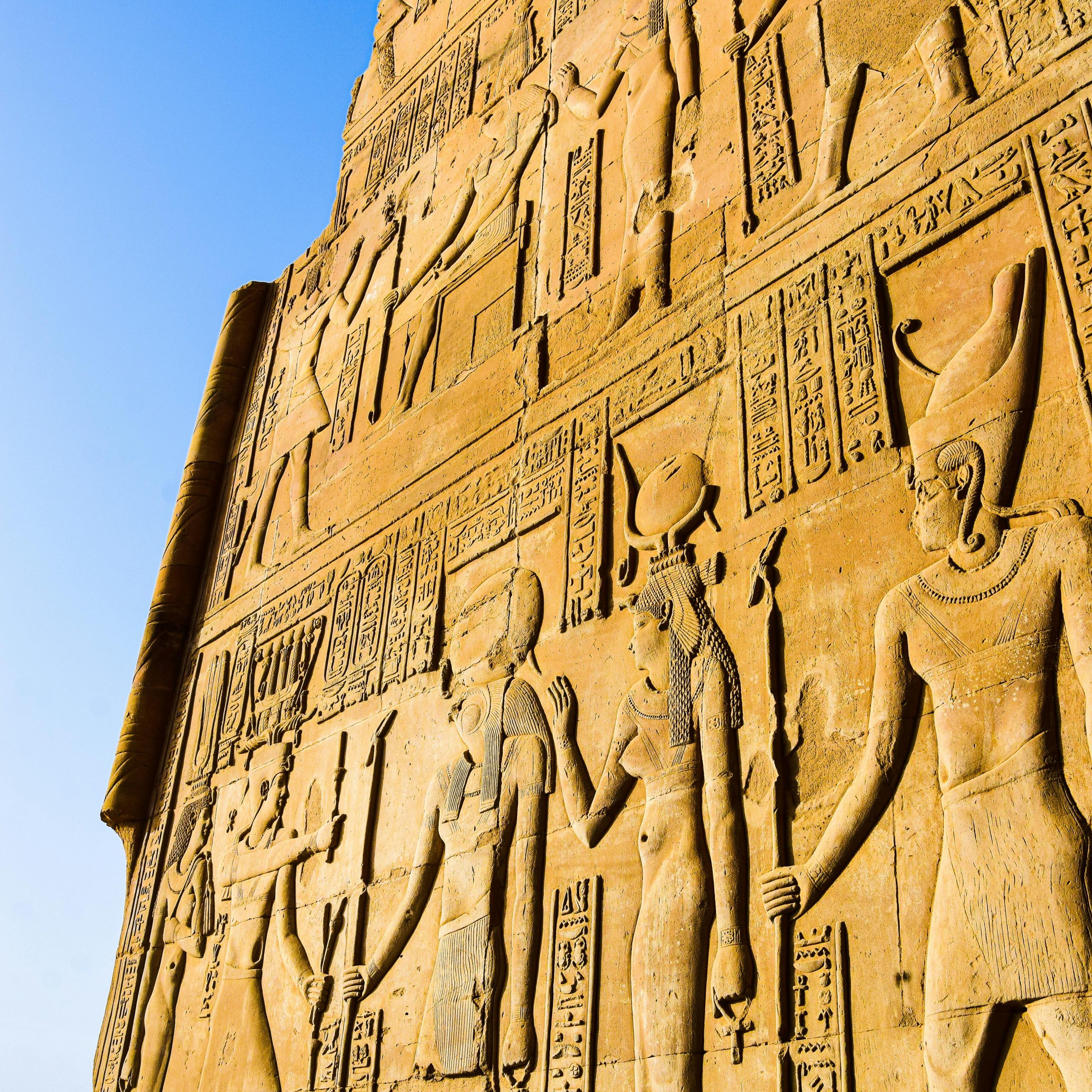
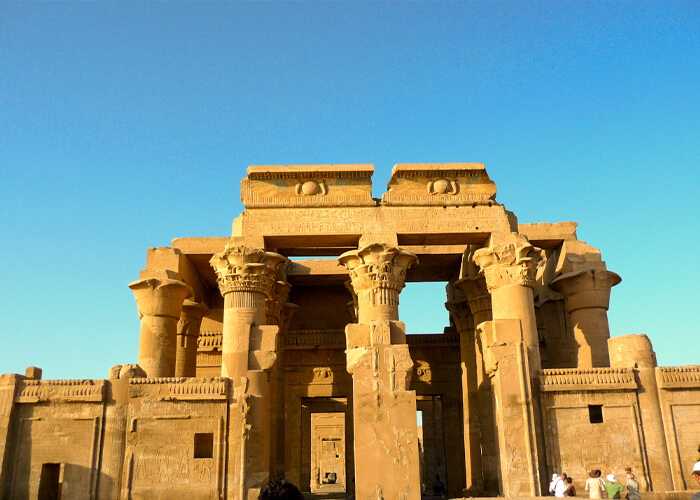
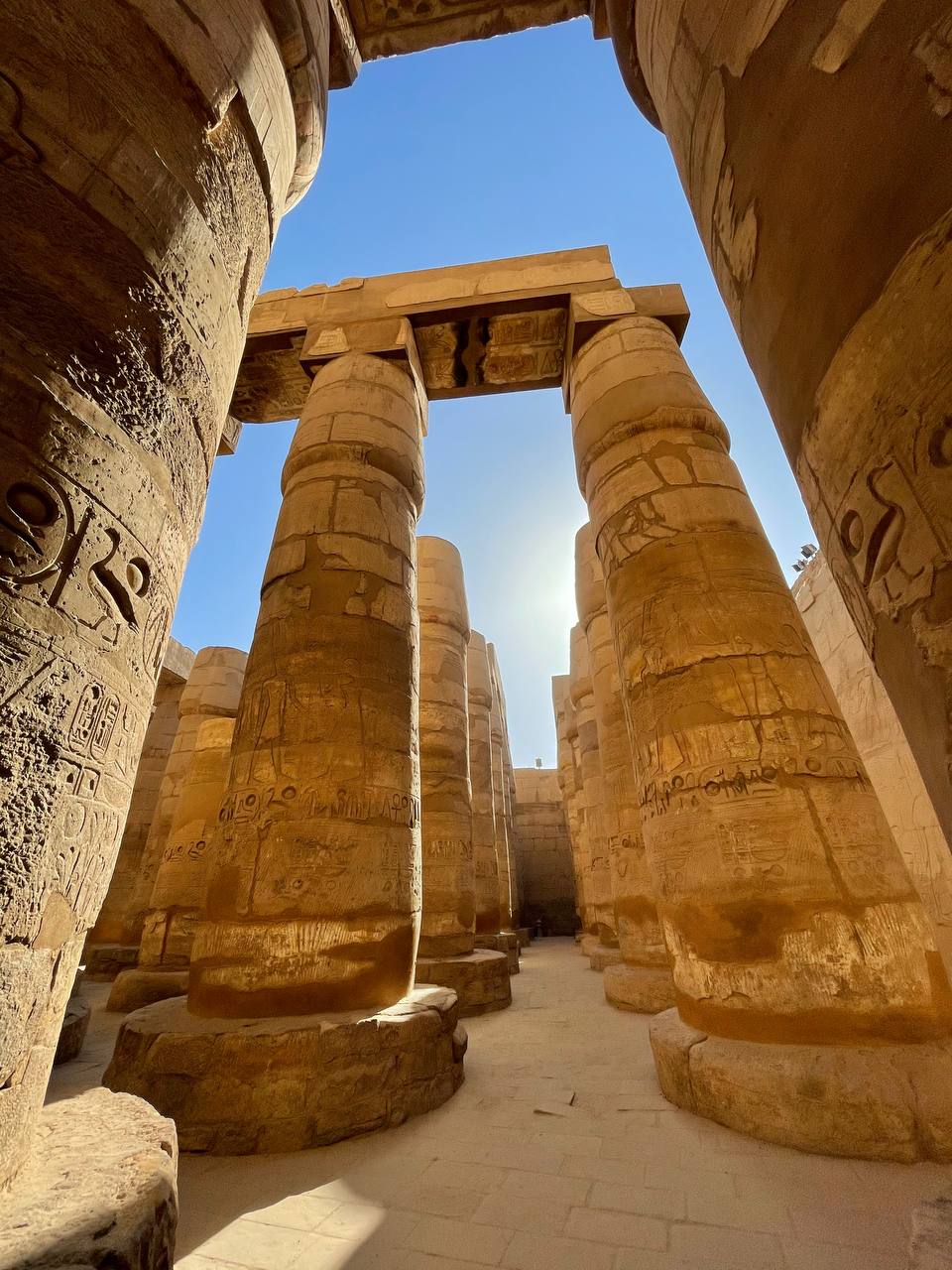

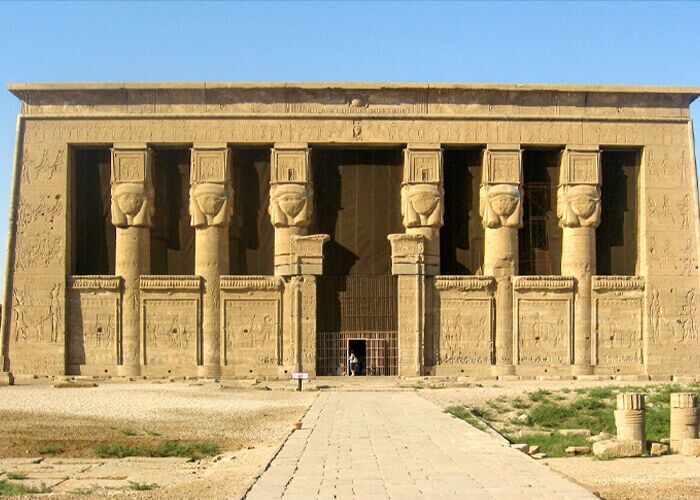
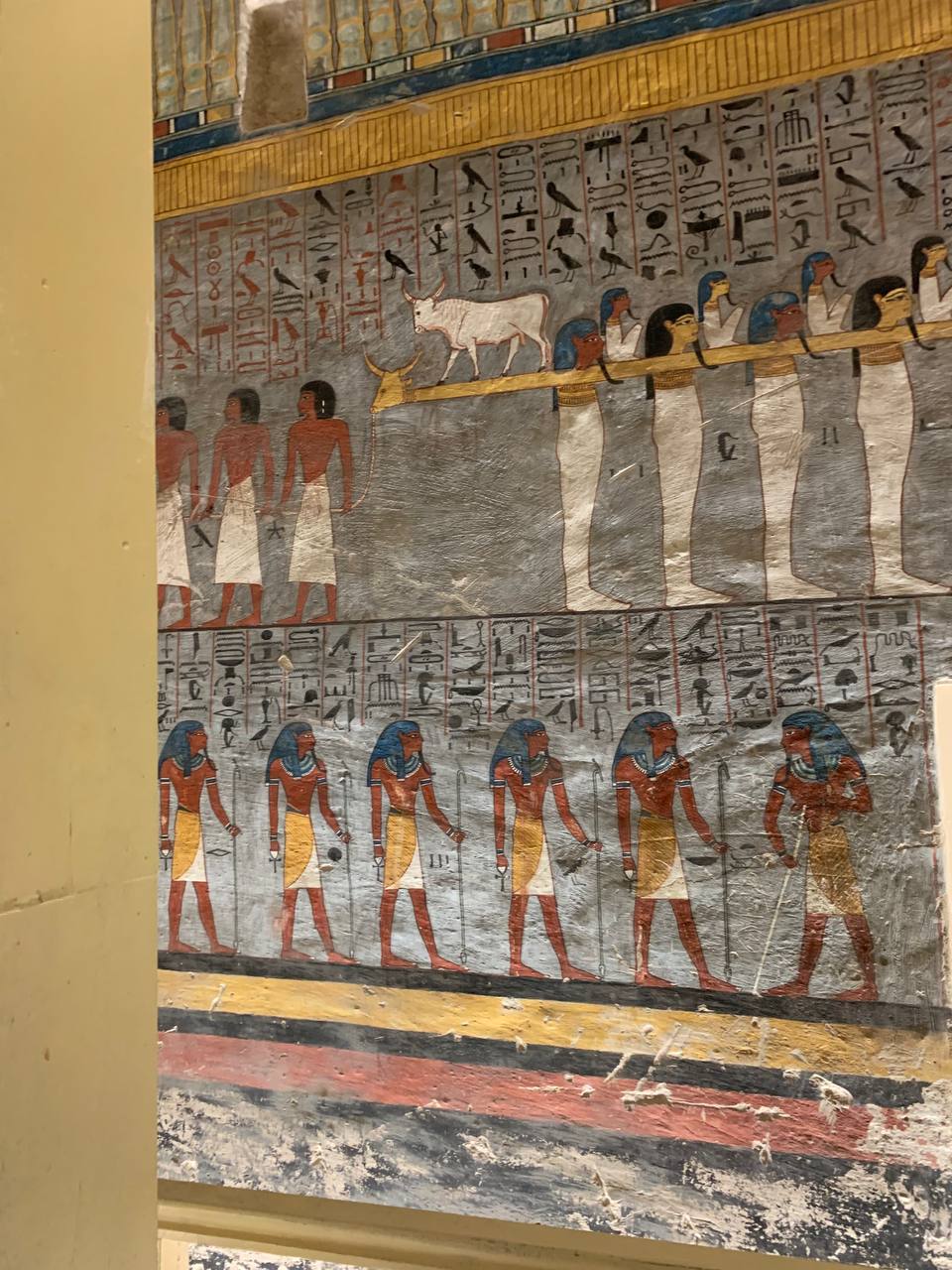
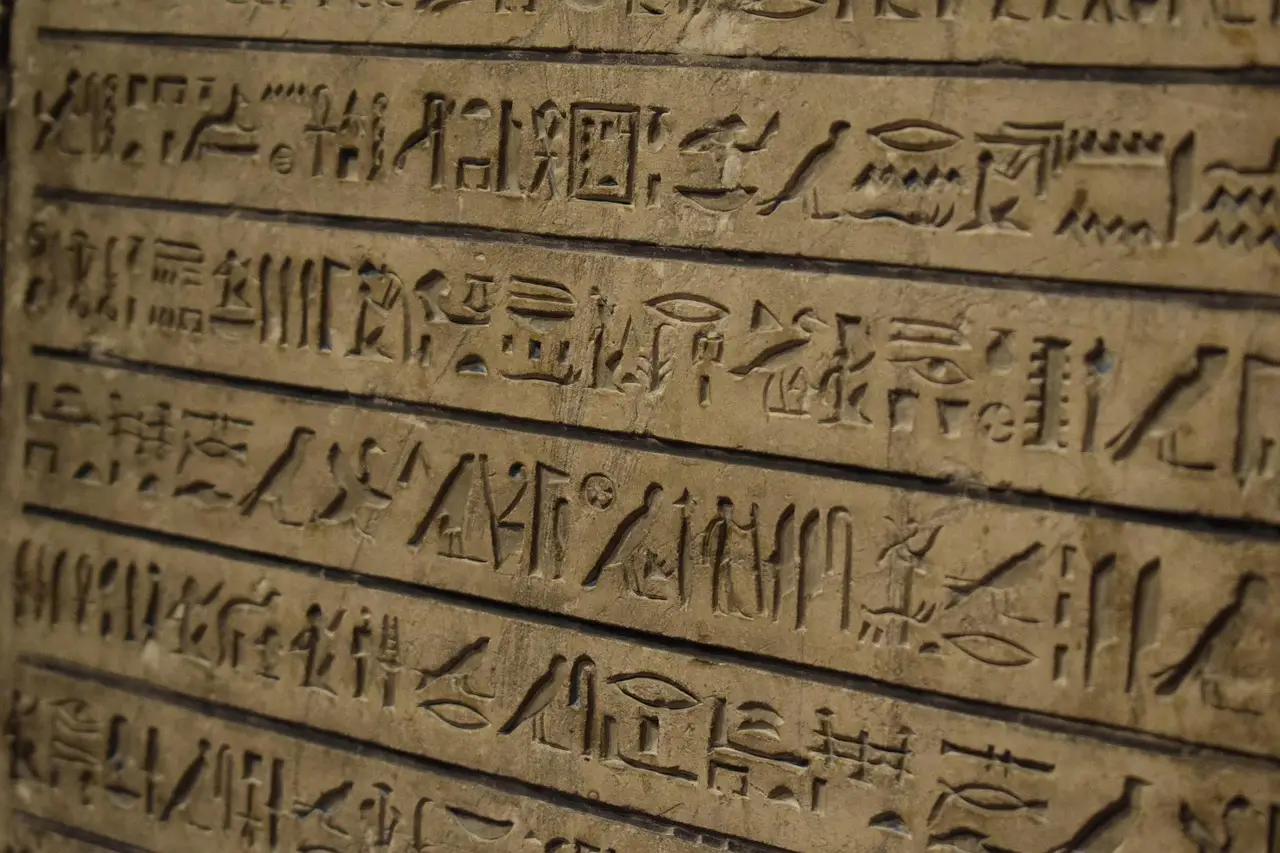
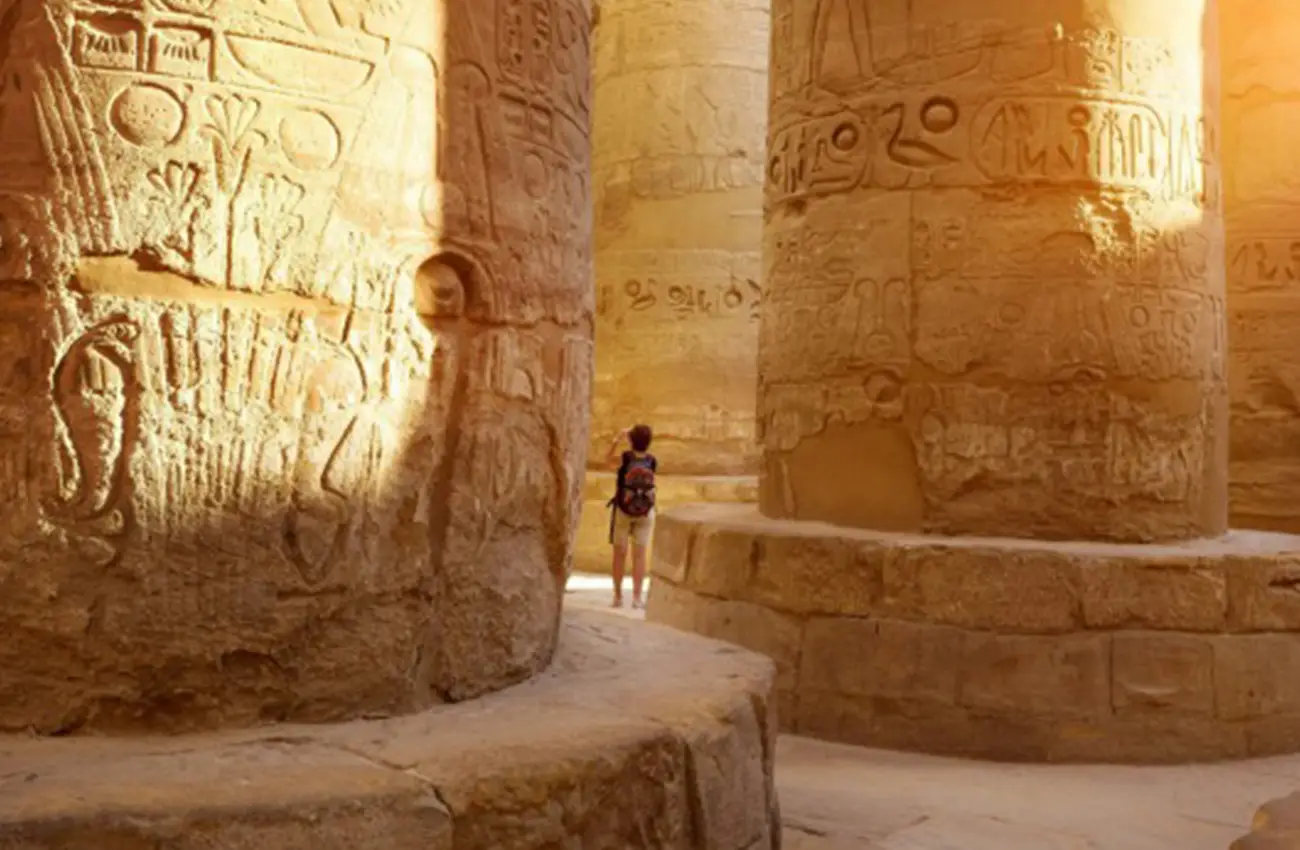
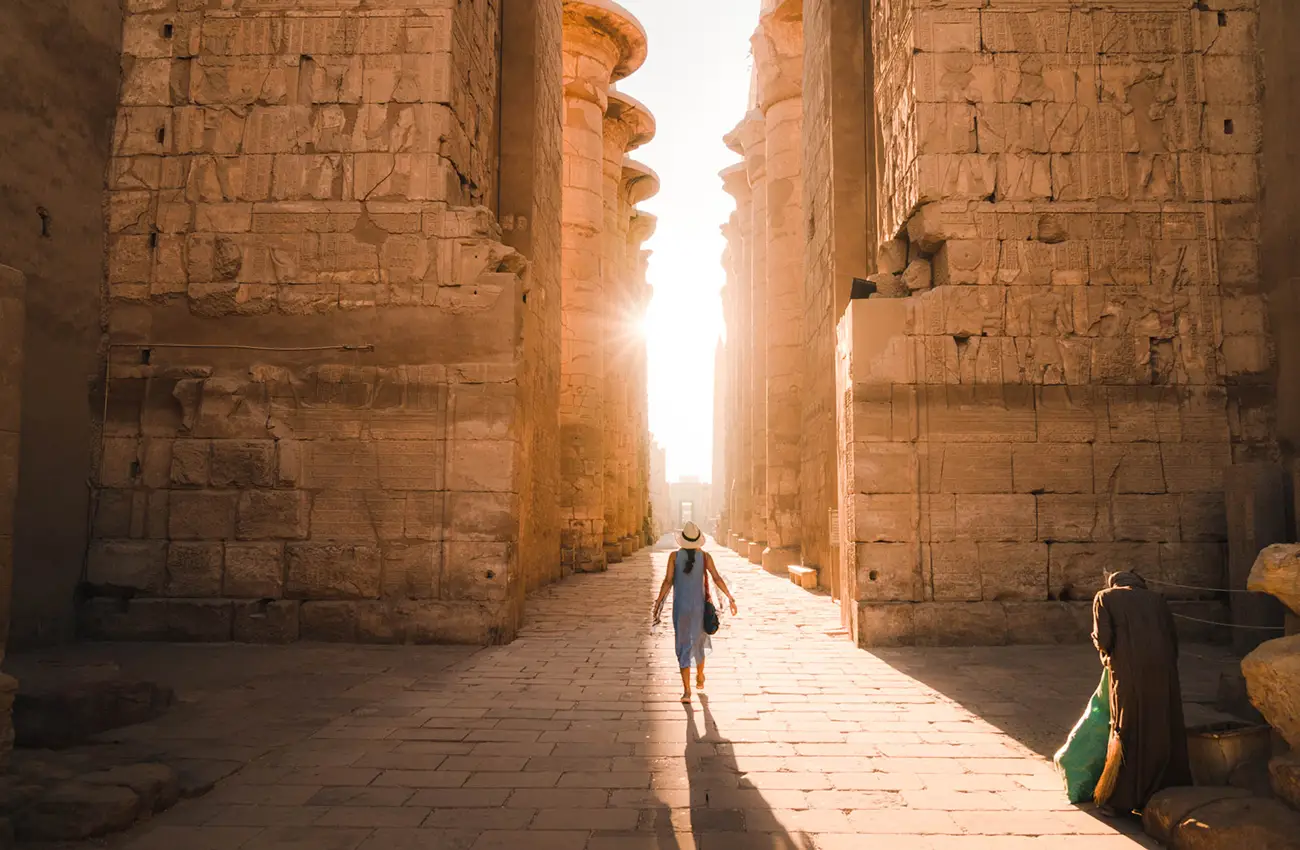
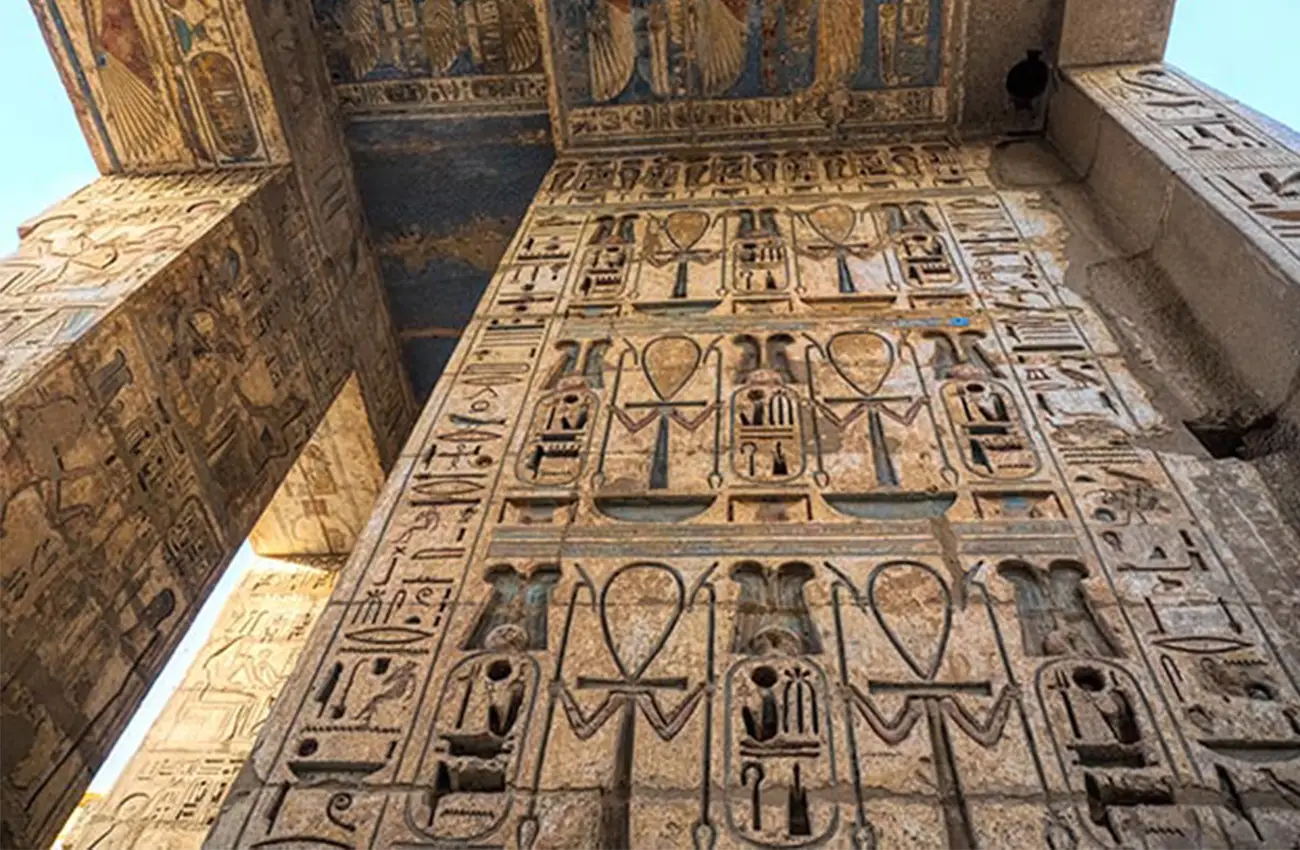
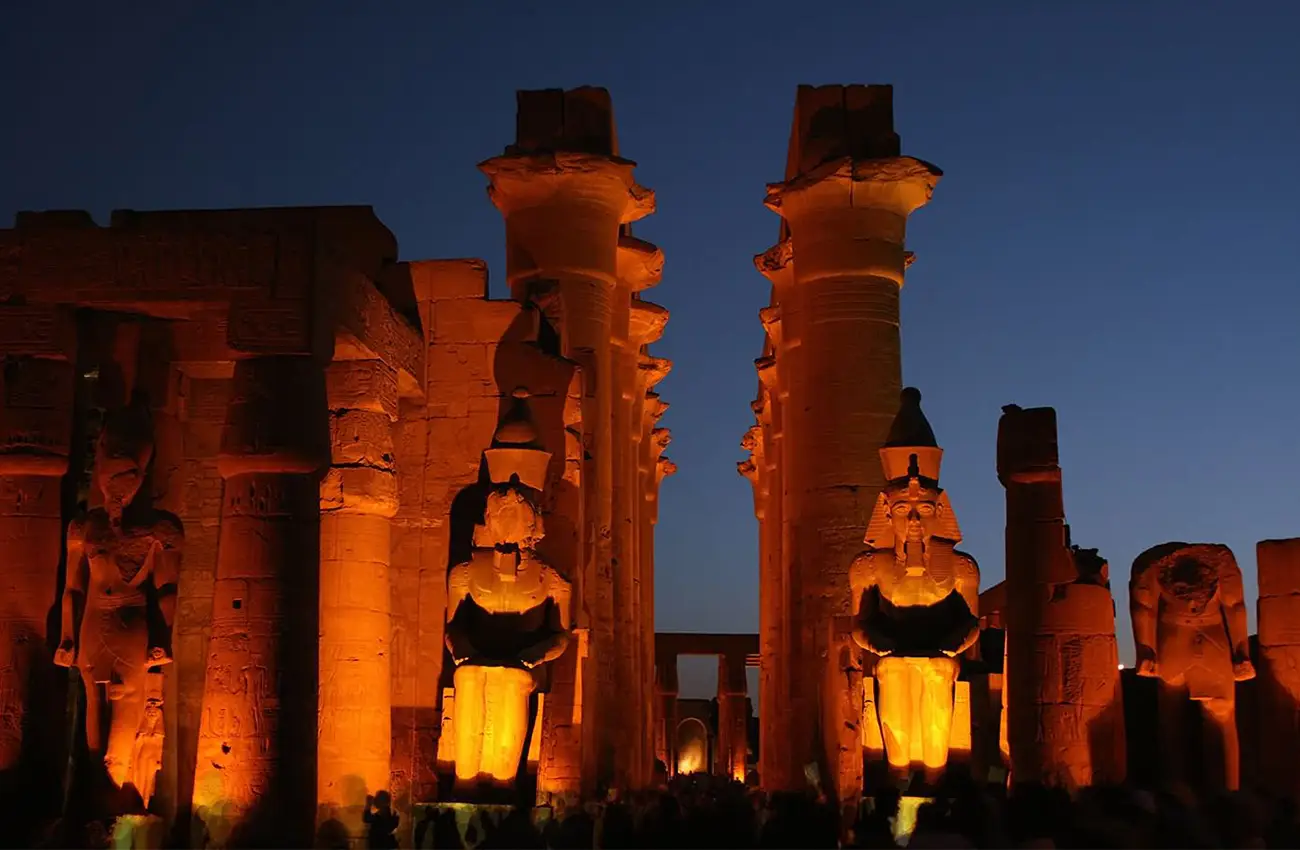
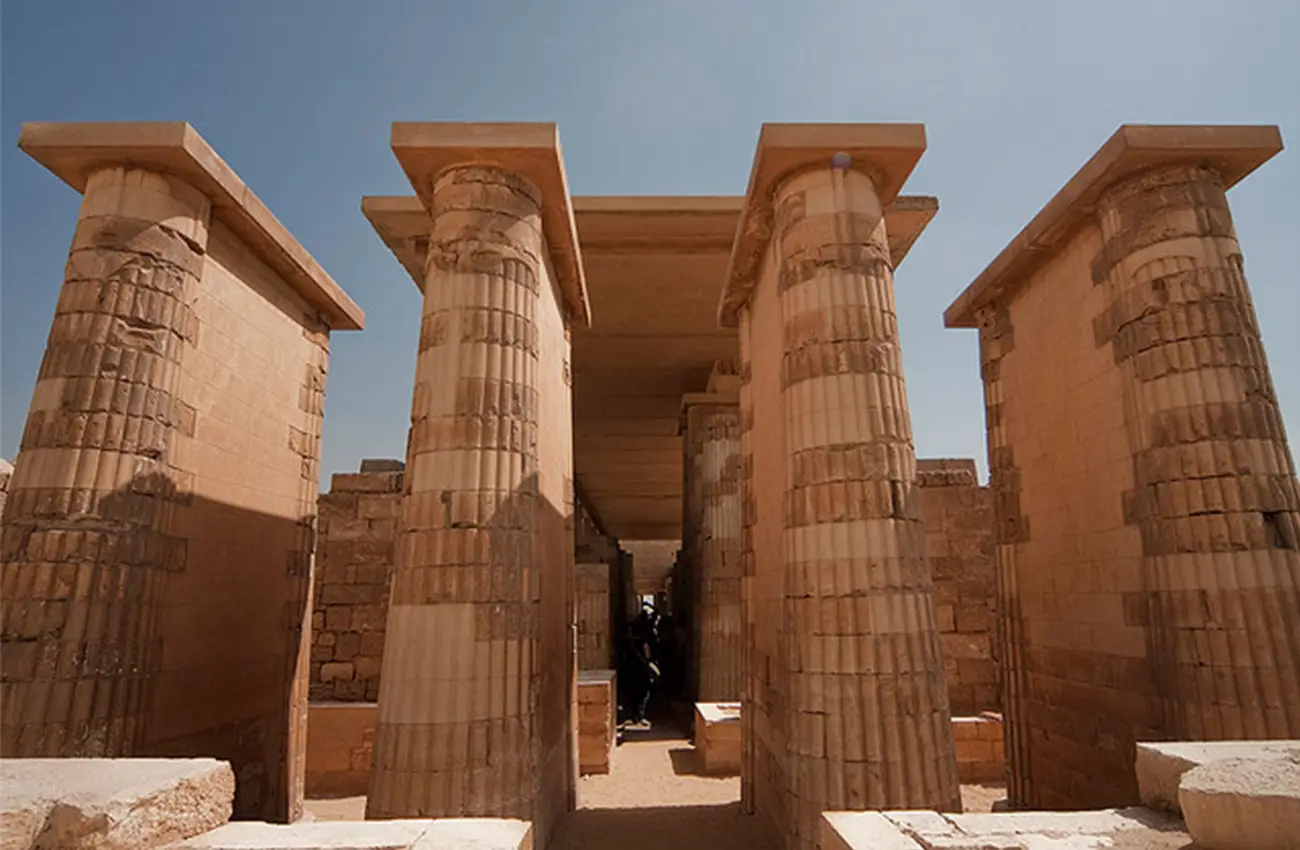
Luxor, a city nestled on the east bank of the Nile in southern Egypt, is often called the “world’s greatest open-air museum”—and for good reason. Built on the ancient city of Thebes, Luxor was once the glorious capital of Egypt during the Middle and New Kingdoms (2050–1070 BCE). Today, it stands as a treasure trove of ancient wonders, showcasing a unique blend of temples, tombs, and monumental art that spans thousands of years of history.
In its prime, Thebes was the heart of Egyptian power and religion. It was home to the mighty god Amun-Ra, whose worship transformed Thebes into a spiritual capital. Pharaohs like Hatshepsut, Thutmose III, Amenhotep III, Ramses II, and even the young Tutankhamun all left their mark on Luxor through grand structures and elaborate tombs. The city played a vital role in religious festivals, especially the Opet Festival, which connected its two great temples—Karnak and Luxor Temple—with a sacred procession.
The city is split by the Nile into two major archaeological zones:
East Bank: The realm of the living, with grand temples and city life.
West Bank: The land of the dead, filled with tombs and mortuary temples.
On the East Bank, the highlight is the Karnak Temple Complex, one of the largest religious structures ever built. With its forest of colossal columns, sacred lake, and towering obelisks, it served as the religious heart of Egypt for centuries. Just a few kilometers away is the Luxor Temple, beautifully lit at night, built to celebrate the rejuvenation of kingship and directly connected to Karnak by the Avenue of Sphinxes.
On the West Bank, the scene shifts to royal tombs and funeral temples. The Valley of the Kings houses the tombs of pharaohs, including the famous tomb of Tutankhamun. Nearby is the Valley of the Queens, where queens and royal children were buried. One of the most striking structures is the Mortuary Temple of Hatshepsut, a unique terraced temple built into limestone cliffs. Guarding the remains of Amenhotep III’s mortuary temple are the Colossi of Memnon, two massive stone statues that have stood for over 3,000 years.
Even after the fall of the pharaohs, Luxor remained important. Under the Ptolemies and Romans, temples were reused and expanded. During the Christian era, parts of the temples were converted into churches. In the Islamic period, new buildings rose, including the Abu Haggag Mosque, which still sits atop Luxor Temple today—showing the city’s continuous religious significance through centuries.

Subscribe to see secret deals prices drop the moment you sign up!
Contact With us